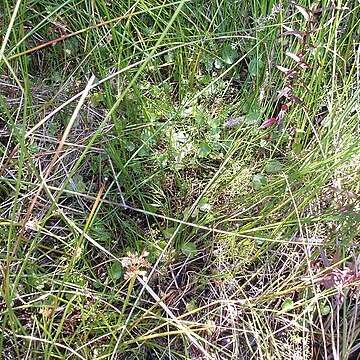Robust erect perennial to over 1 m high, often with leafy stolons. Stems usually densely covered with curved or curled hairs, rarely the hairs restricted to lines decurrent from the leaf bases. Leaves usually opposite but those of the flowering region alternate, narrowly lanceolate to lanceolate, 3–8 cm long, with distinct spaced teeth, sometimes absent from the lower part. Flowers with a conspicuous ring of long hairs inside hypanthium. Petals 7.5–14 mm long, white or purplish pink. Capsule 4.5–9.5 cm long, with a close pubescence; pedicel 1–2 cm long. Seeds obovoid, 0.9–1 mm long, comose.
Robust rhizomatous herb, often well-branched near base and above, ascending 25-140 cm, sometimes forming leafy stolons, strigillose, densely so in the infl. Stems strigillose all round or rarely only on the elevated lines decurrent from margins of petioles. Lamina of lf narrowly lanceolate to lanceolate, 30-80 × 5-13 mm. Floral tube 1.3-2 mm deep, with a conspicuous ring of long hairs inside. Petals white, often flushed pink or rose-purple, 7.5-14 × 5-10 mm. Capsule grey-strigillose, (4.5)-6.5-9.5 cm long; fruiting pedicel 1-2 cm long.

